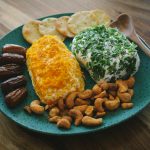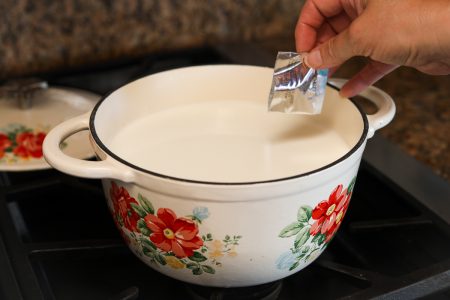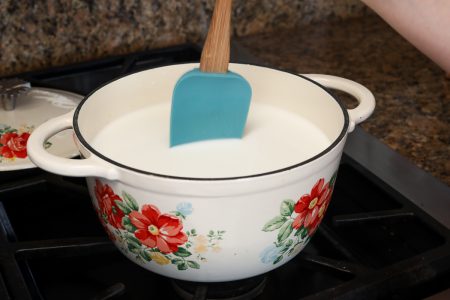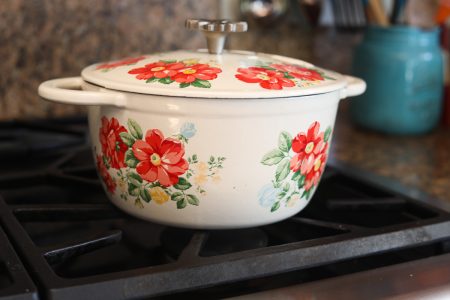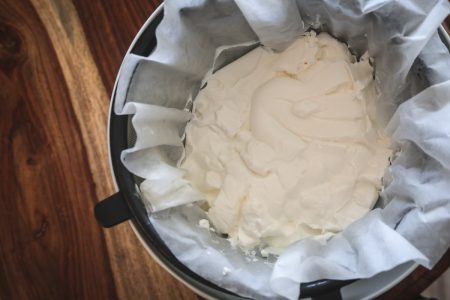Chevre Goat Cheese
This probiotic goat cheese is digested differently from cow’s milk and is a hypoallergenic alternative for those allergic to cheese made from cow’s milk. Goat's milk also contains capric acid, a medium-chain fatty acid that has been shown to possess antibacterial and anti-inflammatory properties, and that's not all! It also has a prebiotic, oligosaccharides, that is found in certain foods and in mother’s milk. There are thought to be four to five times more oligosaccharides in goat’s milk compared with cow’s milk. This is one of my very favorite cheeses. You can get the culture to make this wonderful cheese in my store. Chevre Cheese Culture
Servings: 2 lbs
Ingredients
- 1 gallon Goats milk
- 1 package Chevre Cheese Culture
Instructions
- Over low heat, slowly heat your goat's milk to 86°F. Remove from heat.
- Add one package of Chevre Cheese culture package.
- Mix thoroughly using an up and down motion rather than a stirring motion. Do not mix longer than 15 seconds.
- Cover your pot and let it sit for 12 hours undisturbed in a 72-77 degree area. (I do this before I go to bed.) After 12 hours, the curd should be set and some whey separation is normal.
- Line a colander with butter muslin or a large coffee filter and place it in a bowl so the whey can drain below it. Gently ladle the cheese curd into the cloth/coffee filter. Cover with plastic wrap.
- Then let it sit and drain for at least 12 hours. If you'd like it firmer, let it drain longer in the refrigerator.
- Remove your Chevre goat cheese from the bowl and you can roll it in herbs or lemon or orange zest. Place in the refrigerator in a covered container where it should last at least a week.
Notes
Many say that pasteurized goat's milk results in a creamy goat's milk and raw goat's milk is more crumbly. I always go with raw. I hate to kill all those enzymes and love the flavor of raw milk.
www.CulturedFoodLife.com
